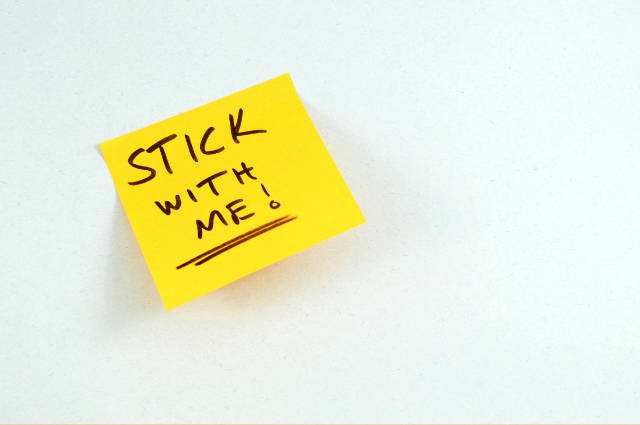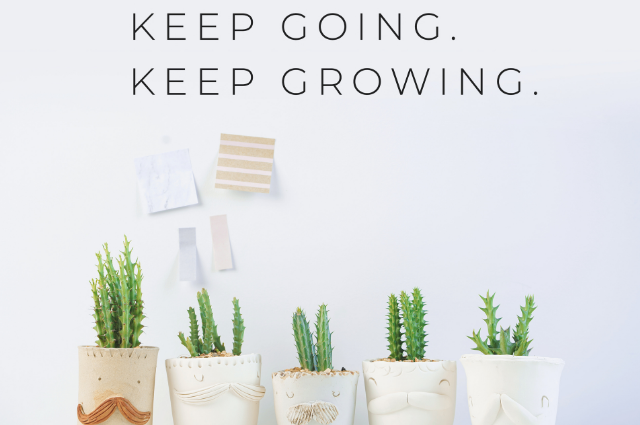
220 Cheese Puns That Will Make You Melt
Are you a fan of cheese and always on the hunt for the perfect cheese puns to add some…

220 Bear Puns to Make You Grin
Ever find yourself in need of a good laugh? Well, if you’re like me, you probably can’t bear the…

220 Night Love Quotes to Illuminate Your Evening
Have you ever found yourself searching for the perfect words to express your love under the starry sky? Night…

220 Captions to Capture the Essence of the Deep
Have you ever felt like you’re on the brink of discovering something profound but just can’t quite find the…

200 Hilarious Funny Day Quotes to Brighten Your Day
Are you in need of a good laugh to get through the day? Funny day quotes can be the…

200 Happy Morning Captions to Brighten Your Day
Are you searching for the perfect happy morning captions to kickstart your day with positivity? In today’s world, capturing…

200 Extra Spicy Romance Book Quotes to Ignite Your Passion
Have you ever found yourself lost in the pages of a romance novel, yearning for that extra spicy spark?…

220 Poetic Quotes to Inspire Your Day
Ever found yourself searching for the perfect words to capture a feeling, an emotion, or a moment? I know…

220 Whisper Humor Captions to Light Up Your Day
Do you ever find yourself in need of a little humor that’s both subtle and endearing? Whisper humor has…

220 Vision Board Manifestation Captions to Inspire Your Journey
Have you ever wondered how to harness the power of a vision board for manifestation? If you’re looking to…

230 Fun & Unique 23rd Birthday Captions to Celebrate You
Are you searching for the perfect words to capture the magic of turning 23? Whether you’re embracing adulthood, celebrating…

220 Math Puns to Make You Laugh
Ever find yourself struggling to make math more exciting or engaging? Math puns can be the perfect solution! Whether…

220 Bible Study Verses Captions to Inspire Your Spiritual Journey
Have you ever struggled to find the perfect Bible study verses captions that truly resonate with you? Whether you’re…

220 Cute Boyfriend Texts to Brighten His Day
Do you find yourself wondering how to keep your boyfriend smiling throughout the day? Cute boyfriend texts can be…

220 Perfect Summer Dump Captions to Elevate Your Feed
Are you on the hunt for the ideal summer dump captions to spice up your social media feed? Whether…
